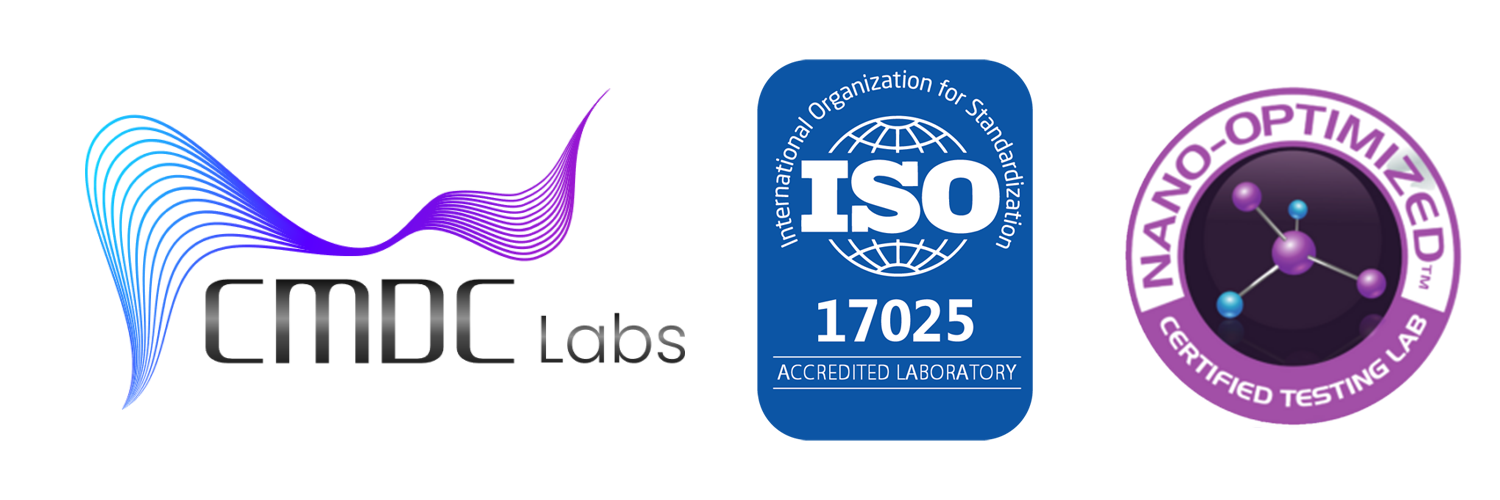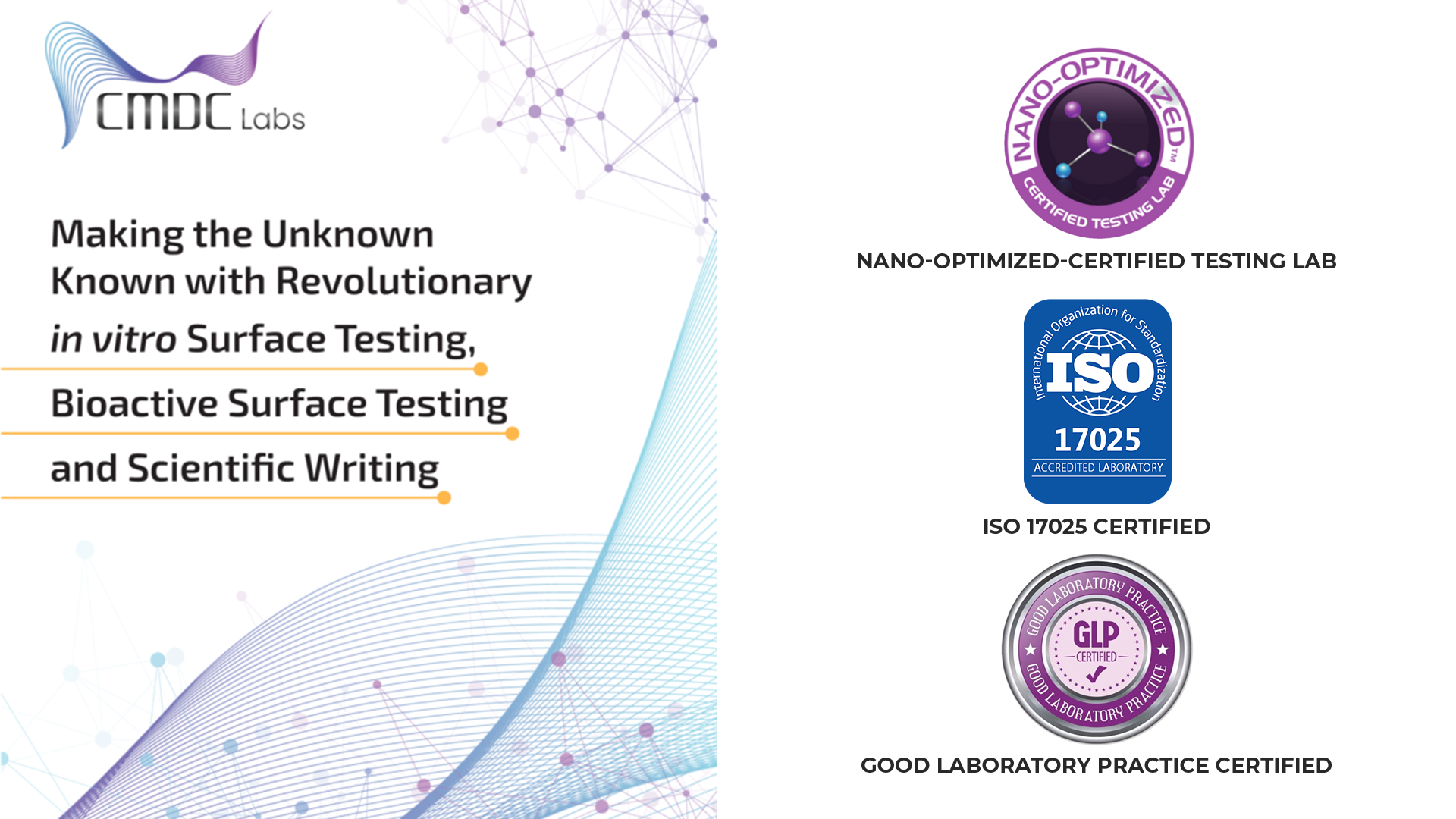Eggs are a staple of the global diet — one of the simplest, most versatile, and protein-rich foods on every breakfast table. Yet, they remain one of the most frequently recalled food products in the United States.
The recent nationwide egg recalls, triggered by Salmonella contamination, serve as another reminder that food safety is only as strong as the system protecting it. From hatcheries and farms to processing facilities and distributors, even a single breach in hygiene or temperature control can cause a domino effect across the supply chain — putting both consumers and brands at risk.
For laboratories like CMDC Labs, these events are not just cautionary tales. They’re powerful evidence of why scientific testing, rapid microbial verification, and preventive sanitation validation are the backbone of modern food safety.
The Recalls That Got Everyone’s Attention
Over the past year, multiple egg producers and distributors have recalled millions of eggs after tests revealed contamination by Salmonella enteritidis — one of the most common and virulent foodborne pathogens. In each case, the contamination originated before the product ever reached the retail shelf.
Investigations typically revealed lapses such as:
- Improper cleaning or disinfection of egg-washing equipment.
- Contaminated water or feed in laying operations.
- Cross-contamination between raw and sanitized egg batches.
- Inadequate temperature control during storage and transportation.
Despite routine oversight, these recalls exposed a persistent vulnerability in the food supply chain: reactive safety measures that activate after contamination is already widespread.
To protect consumers, food manufacturers, and brand reputations alike, the industry must evolve from post-crisis response to continuous prevention and verification.
That’s where CMDC Labs comes in.
Understanding the Science Behind Salmonella Contamination
Salmonella enteritidis is a resilient microorganism that thrives in warm, humid environments — conditions that are common in egg production. It can colonize hen intestines and contaminate the interior of eggs even before shells form, or spread externally via contact with contaminated feces, dust, or equipment.
Key scientific characteristics make it particularly challenging to control:
- Low infectious dose: It takes fewer than 100 cells to cause illness.
- Resistance: The bacteria can survive for weeks on dry surfaces or within organic material like dust or manure.
- Biofilm formation: It can form slimy, protective layers on equipment surfaces, making standard sanitizers less effective.
- Cross-contamination potential: Once present in one area, it can spread rapidly through personnel movement, air circulation, or shared machinery.
The combination of biological persistence and human error makes Salmonella a formidable adversary — one that demands scientific vigilance at every step of the production process.
The Cost of Contamination: Beyond Recalls
While public health is always the primary concern, contamination events also have enormous economic and reputational consequences for food producers.
- Direct recall costs: Including product retrieval, disposal, and cleaning operations — often reaching hundreds of thousands of dollars.
- Regulatory enforcement: The FDA and USDA may suspend operations until corrective measures are verified by third-party audits.
- Consumer trust erosion: Negative media coverage and social media amplification can tarnish brand image for years.
- Legal liabilities: Class-action lawsuits and compensation claims from affected consumers.
Even more concerning, Salmonella infections continue to cause over 1.3 million illnesses and 420 deaths annually in the U.S. alone (CDC data).
Preventing contamination is not just an ethical obligation — it’s a business imperative.
From Reaction to Prevention: CMDC Labs’ Approach to Food Safety Assurance
At CMDC Labs, we approach food safety as a continuous cycle — integrating proactive detection, real-time monitoring, and process validation into every layer of production.
Our philosophy is simple: if contamination is detectable in the product, it’s already too late. The real goal is to detect and eliminate risks before they reach the food itself.
Below are the core pillars of CMDC Labs’ approach to contamination prevention and recall mitigation:
1. Rapid-Response Pathogen Testing
Time is the single most critical factor in preventing contaminated products from entering the market. CMDC Labs offers rapid-response microbial testing for Salmonella spp., Listeria monocytogenes, E. coli O157:H7, and other key pathogens.
High-Sensitivity Testing Methods
Our laboratory employs ISO 17025-accredited methods, including:
- Real-time PCR (qPCR) for fast detection and quantification.
- Immunoassay-based screening (ELFA, lateral flow) for quick presumptive results.
- Selective culture confirmation for regulatory compliance.
This combination allows clients to obtain actionable data within 24 hours or less, reducing decision lag and preventing large-scale recalls.
Sample Scope
We test samples from all critical points:
- Raw materials (shell eggs, feed, water).
- Equipment surfaces and air monitoring.
- Wash water and sanitizing solutions.
- Finished product batches prior to distribution.
Early detection at these points stops contamination before it escalates into a systemic problem.
2. Environmental & Hygiene Monitoring Programs
Egg processing facilities are complex ecosystems — where every surface, airflow, and temperature shift can influence microbial behavior.
CMDC Labs helps companies implement Environmental Monitoring Programs (EMPs) that detect Salmonella and other contaminants in the environment before they appear in products.
Zone-Based Risk Mapping
We divide facilities into zones based on contamination risk:
- Zone 1: Direct food contact surfaces (washers, conveyors, packing tables).
- Zone 2: Adjacent areas (floors, walls, drains).
- Zone 3: Peripheral areas (hallways, air vents, employee stations).
Sampling each zone regularly allows for early intervention and prevents pathogen migration toward critical processing points.
Trend Analysis and Data Visualization
Our lab systems integrate sample data into visual dashboards that display microbial trends over time.
- Increasing counts trigger alerts.
- Persistent positives prompt root-cause analysis.
- Clean trends confirm sanitation efficacy.
This data-driven model transforms environmental monitoring from a regulatory burden into a predictive safety tool.
3. Hygiene Auditing and Sanitation Validation
Even with the best testing programs, poor hygiene practices can undermine food safety. CMDC Labs offers on-site hygiene audits and sanitation validation studies to verify that cleaning and disinfection processes achieve consistent microbial control.
ATP and Surface Residue Testing
Using ATP bioluminescence technology, our auditors measure organic residue levels on surfaces post-cleaning. Immediate feedback helps facilities adjust sanitation practices in real time.
Chemical Efficacy Validation
We test sanitizers and detergents against real-world environmental samples to ensure they eliminate Salmonella and Listeria biofilms effectively, without causing equipment corrosion or chemical residues.
Training and Best Practice Development
Our auditing teams collaborate with QA managers to train staff in hygienic zoning, equipment maintenance, and cross-contamination prevention — ensuring that sanitation programs stay practical, measurable, and sustainable.
4. Supply Chain Verification
Contamination often begins outside the processing facility. Feed mills, packaging suppliers, and transportation networks can all introduce pathogens.
CMDC Labs provides upstream and downstream verification services, including:
- Feed and water microbiological analysis.
- Supplier validation audits.
- Packaging sterility testing.
- Cold-chain monitoring and temperature validation.
By verifying every link in the chain, we help processors document end-to-end safety assurance — a key requirement for USDA, FDA, and retail certifications.
5. Post-Recall Investigation and Recovery Support
For companies that experience a recall, speed and scientific clarity are vital to recovery. CMDC Labs assists with root-cause investigation, corrective action validation, and third-party clearance testing before production resumes.
Our teams combine microbiological testing with facility inspections and environmental mapping to trace contamination sources precisely.
Once verified clean, CMDC issues formal documentation and certification — helping manufacturers regain regulatory and consumer confidence quickly.
Why Third-Party Testing Matters
While in-house quality control programs are essential, independent laboratory validation ensures objectivity and credibility.
For regulators, retailers, and consumers, third-party verification signals that a brand’s safety claims are supported by science.
For producers, it provides:
- Data defensibility during inspections or audits.
- Faster regulatory clearance after incidents.
- Confidence that testing meets the latest standards (AOAC, ISO, FDA BAM).
CMDC Labs acts as an independent guardian of data integrity, bridging the gap between internal QA teams and external oversight agencies.
Lessons from the Latest Recalls: Prevention Over Reaction
The recent egg recalls reinforced several vital lessons for the food industry:
- Contamination can occur anywhere, anytime — even in compliant facilities.
- Testing frequency matters. Infrequent or limited sampling can miss early signals.
- Sanitation validation must be continuous, not periodic.
- Communication between QA, production, and lab partners is critical for rapid response.
- Consumer trust takes years to build and seconds to lose.
Each of these lessons aligns directly with CMDC Labs’ preventive philosophy: continuous vigilance, scientific precision, and rapid validation.
Building a Stronger Food Safety Culture
Food safety is not achieved through compliance alone; it’s sustained through culture. A culture that values testing, transparency, and teamwork across every level of the organization.
CMDC Labs helps clients cultivate this mindset by:
- Providing customized EMP blueprints tailored to each facility.
- Offering educational workshops for QA and sanitation teams.
- Delivering real-time data dashboards that turn lab results into actionable insights.
When science becomes part of daily decision-making, recalls become rare exceptions rather than recurring risks.
The Future: Smarter Surveillance and Predictive Safety
Technology is rapidly transforming the landscape of food safety. CMDC Labs is integrating AI-assisted microbial trend prediction, digital chain-of-custody systems, and remote sampling verification tools that help processors anticipate contamination before it happens.
Future-focused areas of research include:
- Genomic sequencing of pathogens to trace contamination origins across supply networks.
- Sensor-based hygiene monitoring that provides continuous cleanliness verification.
- Predictive analytics using historical environmental data to identify “high-risk” production periods or zones.
These innovations will make contamination prevention not only faster — but smarter.
Conclusion: From Shell to Shelf, Safety Starts with Science
Every egg that reaches a consumer represents trust — in the farm, in the processor, and in the systems that keep it safe. When that trust is broken, the consequences ripple across industries and households alike.
CMDC Labs stands at the front line of prevention, helping food producers detect pathogens, validate sanitation, and verify safety long before a recall can occur.
Through rapid-response testing, environmental monitoring, and hygiene auditing, we help ensure that food safety is not left to chance — but built, tested, and proven by science.
Because preventing contamination isn’t just good practice —
it’s what keeps the system from cracking.
Sources: Vocal.Media, FDA.gov, USDA FSIS, CDC Foodborne Disease Data, AOAC International, ISO 17025 Guidelines

